Furniture is an essential part of our homes, contributing both function and style to our living spaces. However, over time, wear and tear can lead to broken or damaged pieces that can detract from the beauty and utility of your home. Fortunately, many common furniture repairs can be tackled easily and effectively with the help of Loctite adhesives. In this article, we’ll explore various techniques and tips for using Loctite products to repair wooden, metal, and plastic furniture.
Understanding Loctite Adhesives
Loctite is a renowned brand known for its high-quality adhesives that offer strong bonding solutions for a variety of materials. From threadlockers to super glues, Loctite provides a wide range of products that cater to different repair needs. When it comes to furniture repair, selecting the right type of Loctite adhesive is crucial to achieving a durable and seamless fix.
Choosing the Right Loctite Product
Before diving into the repair process, it's important to choose the appropriate Loctite adhesive based on the material of the furniture:
Loctite Cyanoacrylate Super Glue: Ideal for quick fixes and minor repairs, especially for plastic and small wooden parts. It provides a strong bond in seconds and is perfect for reattaching small broken pieces.
Loctite Epoxy: Suitable for heavy-duty repairs, Loctite epoxy can bond a wide range of materials, including wood, metal, and plastic. It’s perfect for structural repairs where strength and durability are paramount.
Loctite Threadlockers: Suitable for metal screws that comes off easily overtime such as door hinges & handle. Its perfect to secure nuts, bolts, and threaded fasteners in place.
Repairing Wooden Furniture
Wooden furniture is prone to various types of damage, including cracks, loose joints, and broken parts. Here’s how you can use Loctite adhesives to repair wooden furniture:
Repairing Cracks: For cracks in wooden furniture, use Loctite Poxy Pak. Mix the epoxy according to the instructions, apply it to the crack, and clamp the piece until the epoxy sets. Once dried, sand the area smooth and paint or stain as needed.
Reattaching Broken Pieces: If a piece of wood has broken off, use Loctite 454 Gel for a quick fix. Apply a small amount of glue to the broken edge, press the pieces together, and hold until set.
Repairing Metal Furniture
Metal furniture, though generally durable, can also suffer from loose joints, rust, and broken welds. Here’s how to repair metal furniture using Loctite adhesives:
Securing Loose Screws and Bolts: Use Loctite 243 Threadlocker to secure loose screws and bolts. Apply a small amount of threadlocker to the threads before tightening to prevent them from loosening over time.
Reattaching Metal Parts: For broken metal parts, Loctite Poxy Pak is an excellent choice. It provides a strong bond and can withstand significant stress. Apply the epoxy, clamp the parts together, and allow it to cure.
Repairing Plastic Furniture
Plastic furniture is popular for its affordability and versatility, but it can crack or break under stress. Here’s how to repair plastic furniture with Loctite products:
Fixing Small Cracks and Breaks: Loctite 495 is perfect for small cracks and breaks. Apply a small amount of glue to the damaged area, press the pieces together, and hold until set.
Repairing Larger Breaks: For larger breaks or more structural repairs, Loctite Epoxy is the best choice. Mix the epoxy, apply it to the broken edges, and clamp the pieces together until cured.
Tips for Successful Repairs
Follow Instructions: Always follow the manufacturer’s instructions for the adhesive you’re using. This ensures the best results and a strong bond.Use Clamps: Clamping the pieces together while the adhesive cures helps create a stronger bond. If you don’t have clamps, use heavy objects to hold the pieces in place.
Be Patient: Allow the adhesive to cure fully before using the repaired furniture. Rushing the process can weaken the bond and compromise the repair.
Keep It Clean: Clean any excess adhesive immediately after application to prevent it from hardening on unwanted areas.
Safety First: Use adhesives in a well-ventilated area and wear gloves to protect your skin. Avoid contact with eyes and skin, and keep adhesives out of reach of children and pets.
Conclusion
With the right Loctite product and a bit of patience, you can tackle a wide range of furniture repairs on your own. Whether you’re fixing a wobbly chair, repairing a cracked table, or reattaching a broken piece, Loctite adhesives offer reliable and durable solutions. By following the techniques and tips outlined in this article, you can extend the life of your furniture and maintain the beauty and functionality of your home. So next time you encounter a furniture mishap, reach for Loctite and take on the repair with confidence.

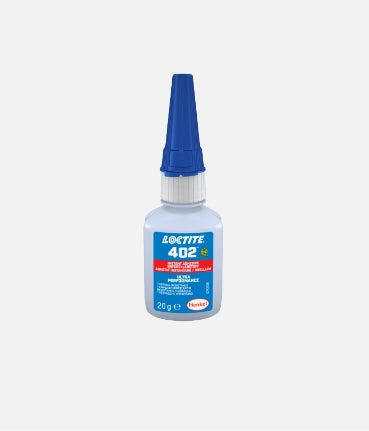
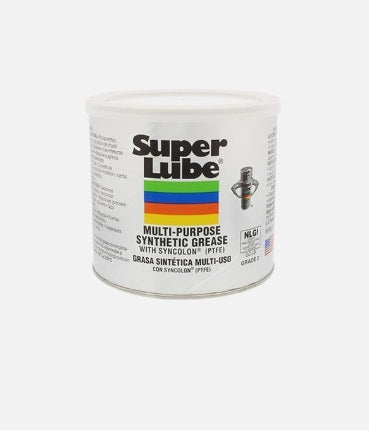
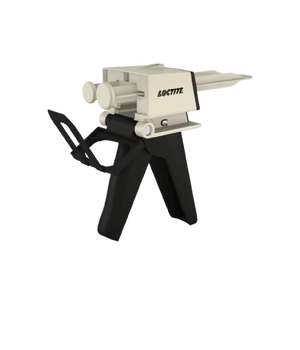

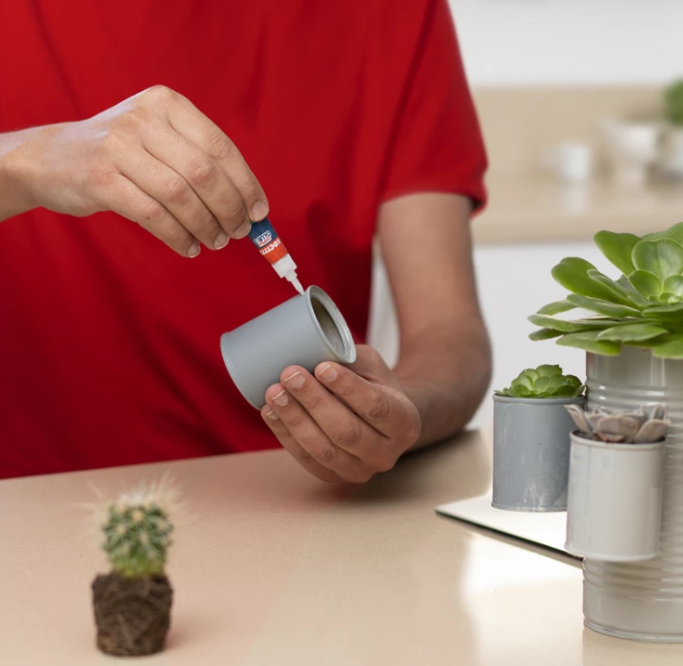
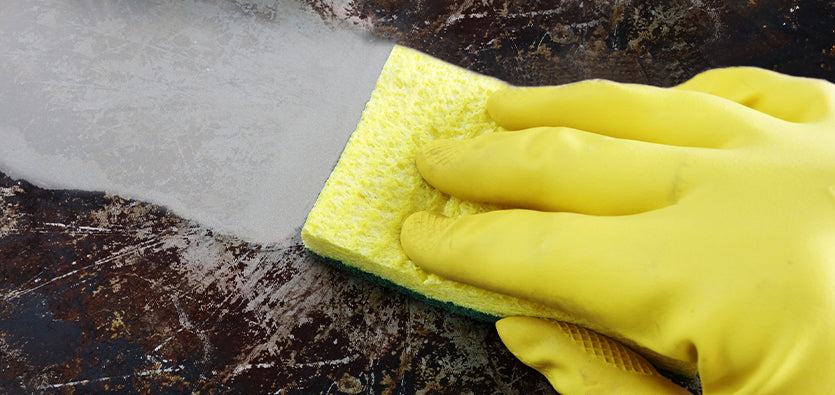

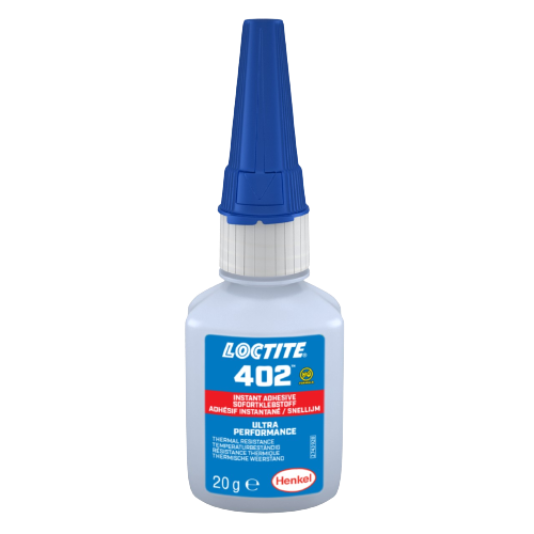
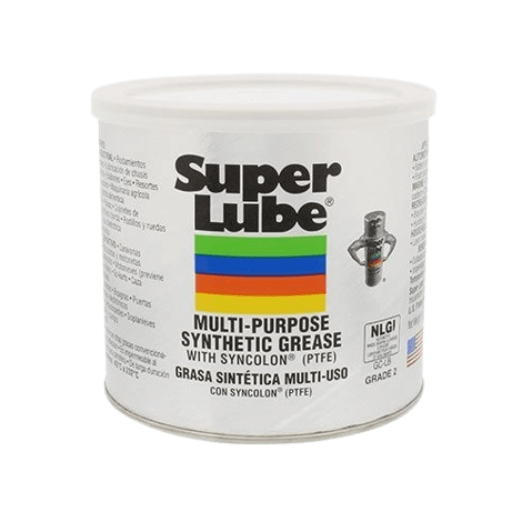
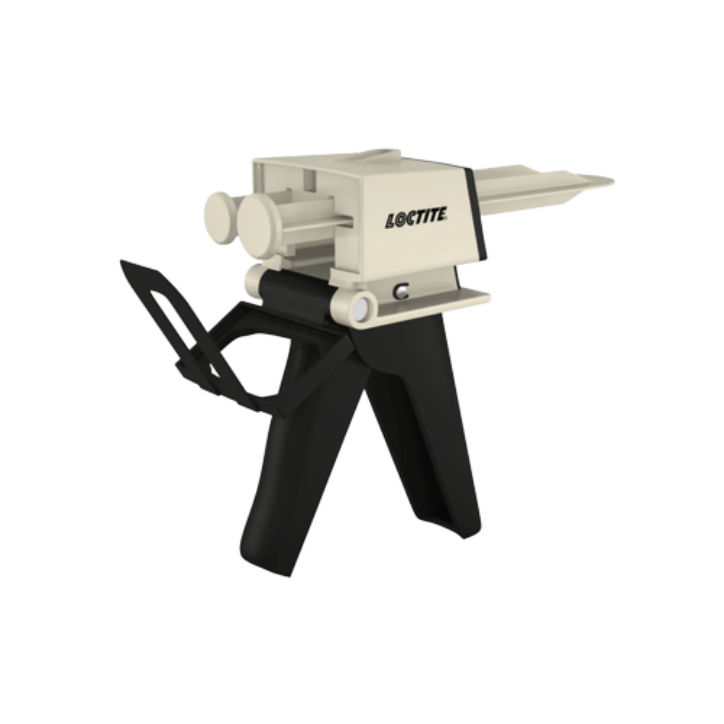
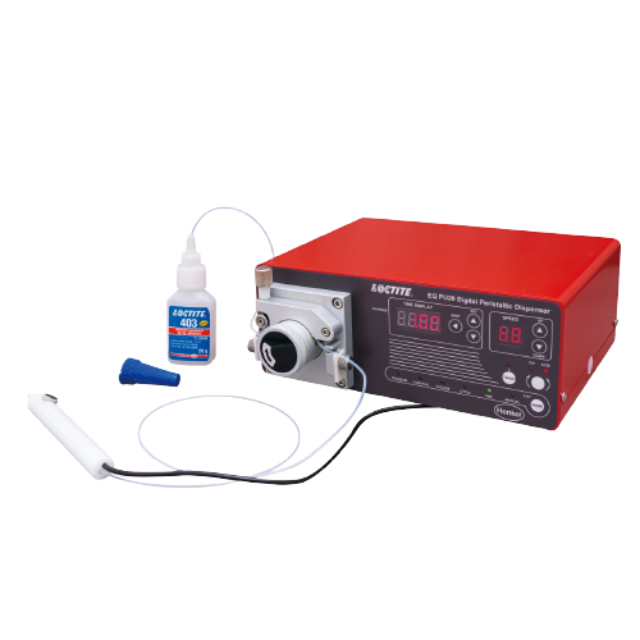
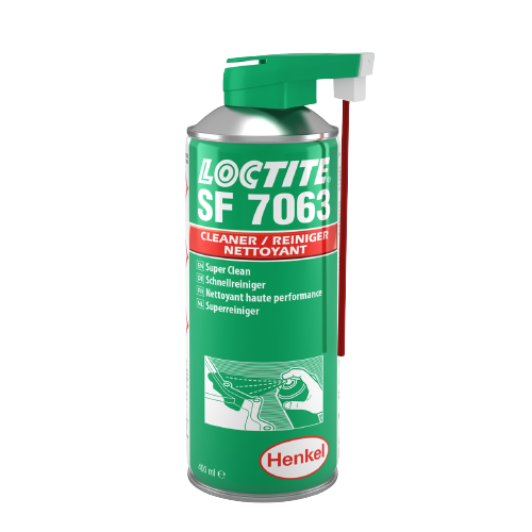
Leave a comment
All comments are moderated before being published.
This site is protected by reCAPTCHA and the Google Privacy Policy and Terms of Service apply.